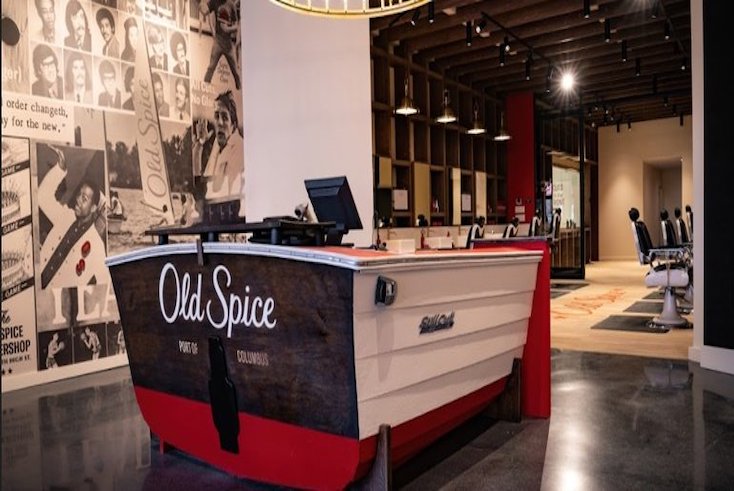Complex online journeys are history with decentralised shopping

Advertisers across all sectors should plan for the next phase of e-commerce: the decentralised approach, says Lawrence Dodds, client director at UM London
We have seen increasing numbers of consumers turning to online shopping across the length of the pandemic, as Covid 19 ushered in the biggest shift in consumer behaviour since WW2.
It therefore should not come as a surprise that there have been clear winners and losers.
In particular, online retail platforms have seen revenues grow exponentially. Shopify is one such example – announcing fourth quarter revenue growth of 94% and full 2020 revenue growth of 86%.
With the re-opening of non-essential shops from 12 April, it is not clear how traditional routes to purchase will fair in a post lockdown world. As those who once leaned into high street shopping have now learnt new online behaviours.
This could be further exacerbated by the increasing numbers of inner city workers who expect to continue to work from home in some capacity post lockdown. Microsoft, for example, announced last June that it was closing its retail stores and since then we have seen a raft of store closures including Topshop, Debenhams and select John Lewis stores.
We have also seen some moves by traditional retailers aimed at solving the desire for more convenient and social distanced shopping.
Walmart has started to build local fulfilment centres (LFCs), allowing users to pick-up online orders quickly using automated technology. Robomart, a West Hollywood company, has launched a mobile convenience store, through which users can order deliveries using an app and a specially designed vehicle will drive out to meet them.
A similar shift is happening online, with larger tech platforms recognising that e-commerce is a key revenue stream for advertisers, and launching a raft of new technologies and platforms to enable and facilitate online shopping.
Facebook recently announced that shopping is coming to Instagram Reels; the latest in a long list of announcements. Microsoft announced late last year that it would be adding couponing and promo codes as features within its Edge browser. TikTok has also made similar announcements in partnership with Spotify to bring shoppable opportunities to its platform.
Advertisers across all sectors should take note and start to plan for the next phase of e-commerce: the decentralised approach.
Businesses should prepare for frictionless journeys across each touchpoint and truncate the consumer journey through a better-defined consumer experience. We are gradually moving away from trying to accurately curate centralised consumer journeys to creating micro journeys across an array of consumer touch-points.
At the heart of this emerging approach is rich content that seamlessly works alongside context.
With content, a brand can appear in more spaces, garner more attention and fuel decentralised shopping. Brands can pay influencers to unbox their products and allow the viewer to instantly purchase directly from the ad. QR codes on billboards will instantly allow those who scan the ad to add to their baskets across a number of retailers.
We are further seeing a raft of advertisers restructure and develop new approaches to help them better couple content and context.
Context has already seen a resurgence in focus, as privacy has hastened the decline of the cookie, and reduced the prevalence of datasets. Add new technology and formats to the mix for an impactful communication.
An important part of unlocking this approach is building a better understanding of what type of information the consumer is looking for and what value exchange an advertiser should provide at each touch-point.
Some brands are already on this journey; Old Spice is repurposing bricks and mortar retail to generate contextually relevant content. The brand is opening a barbershop that will serve as a digital content studio to produce digital and social media content in real-time. 3D models will show various haircut styles and influencers will attend the studio.
Virtual retail experiences are another opportunity for retailers to build out their shopper approach.
Charlotte Tilbury has become one of the latest retailers to launch a virtual store, through which shoppers can navigate a virtual boutique and make use of tutorials and AR-driven try-ons. Charlotte Tilbury is not the only retailer exploring this space with a number of others building their own virtual experiences.
To harness the power of decentralised shoppability, advertisers need to ensure that they also have the infrastructure to both appear across all of these new opportunities and the capability to fulfil orders that come through.
Advertisers need to move quickly to set up presences within new platforms. Partners like Jumper.ai can help, but the other side of the equation is embracing a test and learn approach across platforms as they become available.
In a year of accelerated consumer behavioural change, advertisers and brands alike need to be prepared to embrace this next phase of e-commerce with open arms.




